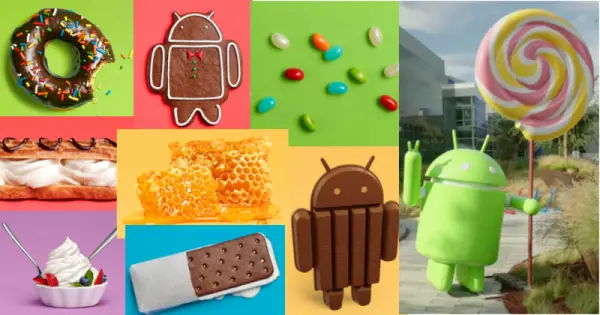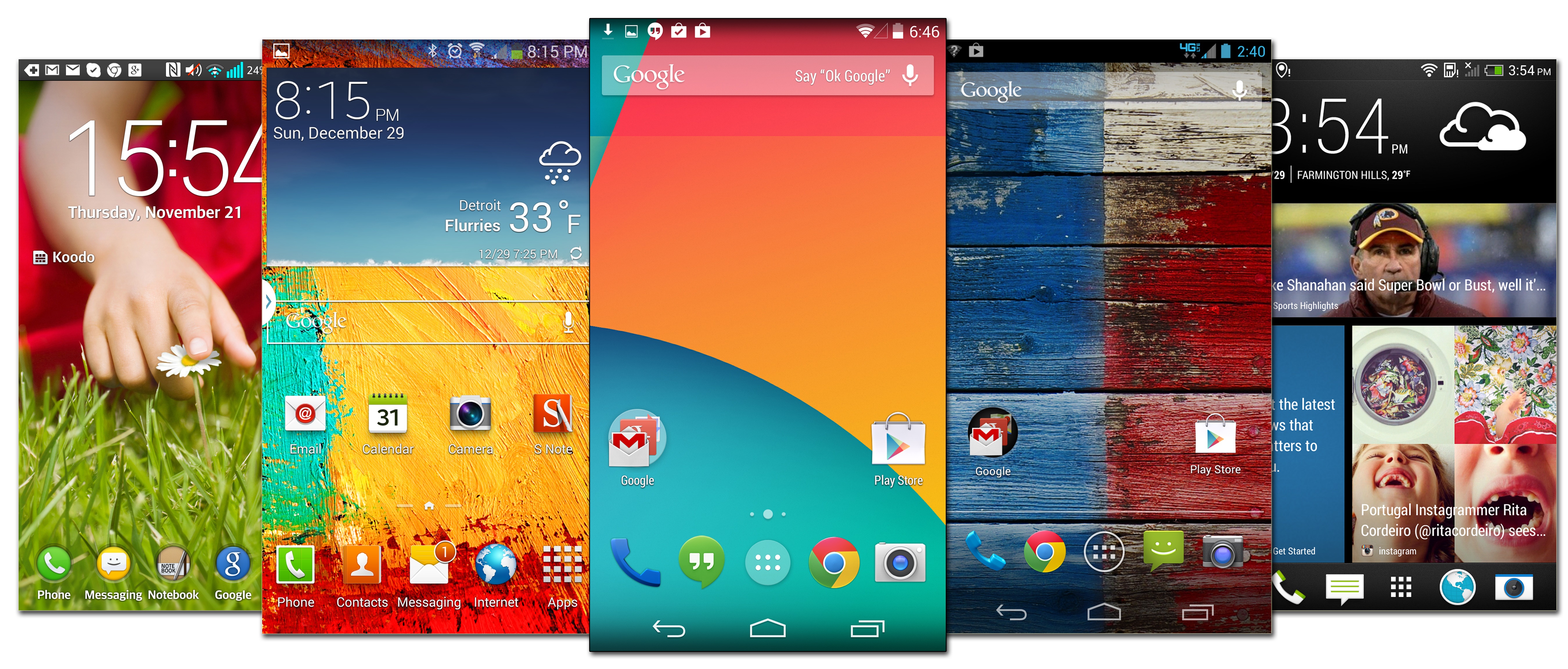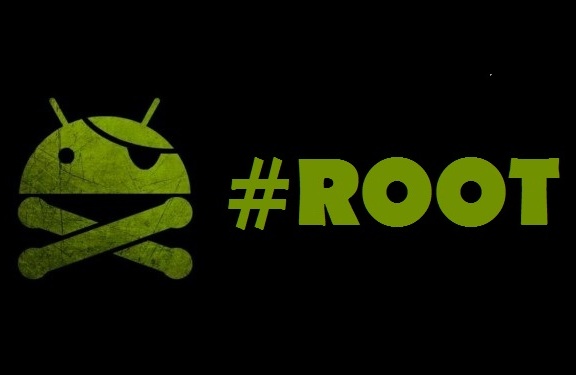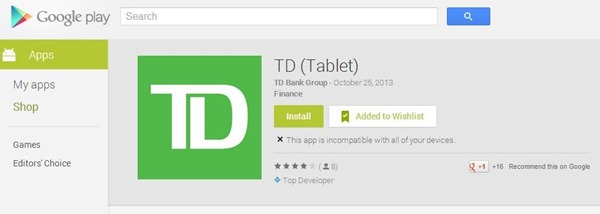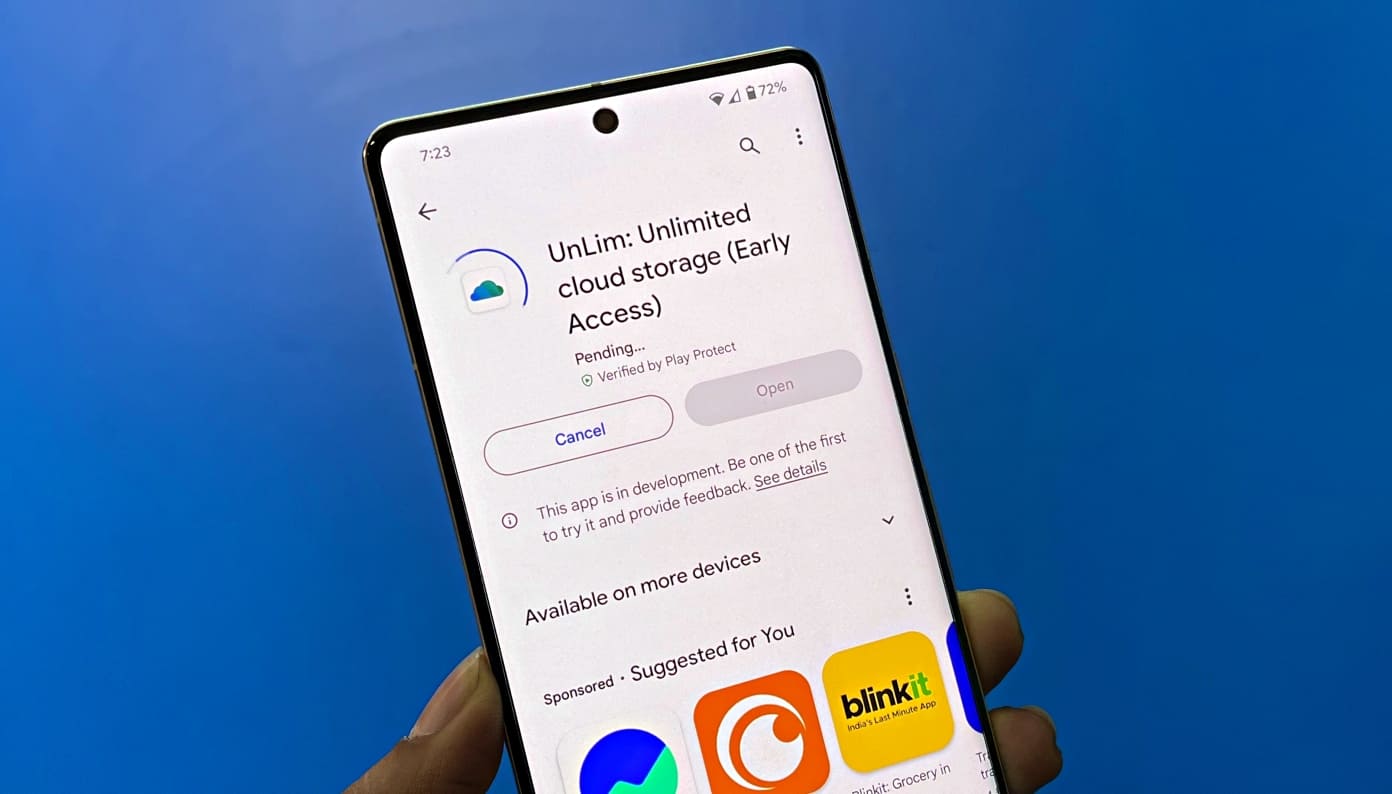Google designed Android to be a simple experience, but if you were new to the platform, you probably wouldn’t know that. When most manufacturers produce a new Android-based smartphone, it’s typically Google’s software buried under a layer of homegrown gunk. This includes pre-loaded applications and a replacement UI often referred to as a “skin.”Software like Samsung’s TouchWiz and HTC’s Sense are among some of the more popular third-party interfaces used with Android, but there are countless others, There are many reasons why a person who is using a smartphone for the first time of migrating from any other platform like iOs, Windows, etc… can find Android as Not an Easy platform to Understand by Non Tech Savvy Consumer.
Guys like us (Geeks, Android enthusiast) may find it difficult to believe that android can be difficult so we here will show you guys some interesting points which may justify our charges on Android for not being as simple experience as Google once imagined it to be.
Complete lack of version number logic
Each version of Android since 1.5 has been developed with a specific code name. These code names are chosen alphabetically, and have thus far all been dessert items (or, generically, sweet/sugary foods). Some code names are associated with more than one version number, while others are limited to only a specific one, and the reason for this inconsistency is not currently known. The naming typically appears to correspond to changes in the developer API levels, but this is not always true (example: 3.0 and 3.1 are both “Honeycomb” but they have different API levels).
The following names are used for the currently existing Android releases. Note that versions 1.0 and 1.1 were not publicly named. However, Android 1.1 was internally referred to as “Petit-Four” (noted in Traroth’s answer, confirmed here):
Cupcake:
- Android 1.5
Donut:
- Android 1.6
Eclair:
- Android 2.0
- Android 2.1
Froyo: (short for “frozen yogurt”)
- Android 2.2
Gingerbread:
- Android 2.3
Honeycomb:
- Android 3.0
- Android 3.1
- Android 3.2
Ice Cream Sandwich:
- Android 4.0
Jelly Bean:
- Android 4.1
- Android 4.2
- Android 4.3
KitKat:
- Android 4.4
Lolipop:
- Android 5.0
- Android 5.1
Now who is using the android ecosystem for the first time they would definitely get very confused and freak out. Google has sort of tried fixing this problem while going from Kitkat to Lollipop which was in fact a very big change so it will be very interesting to see what number Google gives to Android “M” which if we go by Google’s history could be marked as 5.x.x which will again mess up the naming and numbering system.
Very different user experience on different handsets
Love it or hate it, when you pick up an iPhone, it feels like an iPhone. It feels and works like a phone designed for use by a five year old, but at least it’s a consistent feeling. This is not the case with Android phones which also Google proudly admits by saying “Be Together, Not The Same”.
Phones from different manufacturers are wildly different, with different home screens, UIs, and feature sets. It’s so that you could buy two Android phones, put them side-by-side, and unless you knew they were both Androids, you’d think they were completely different devices because of this Google had to add “Powered By Android” in the booting screen.
The Person new to android eco-system really wouldn’t find it easy to use android as each and every phone from different manufacture will be a just new experience and in some cases of manufactures there two phones are running entirely different UI. (Eg: Samsung Galaxy Note 4 and Samsung Galaxy S6)
Probably can’t upgrade without rooting
The history of Android phone upgrades is not a good one. Most manufacturers essentially design a model for a given OS, and if there’s an upgrade, your phone might not be able to run it.
If an Non Tech Savvy Consumer survives through earlier 2 barriers then he faces the biggest challenge that even we as an geek or Android enthusiast are most scared of. When a person uses an iPhone and reads in news that an update has been released it is usually by that time half download. In this department google fails miserably and specially with Android Lollipop Update.
For an average user like my Dad for say he used android kitkat on his Oneplus one till the official update where as in the meantime I had Android Lollipop Cm 12 Nighties alrady running on my phone and that too quite stable.
This is one of the major reason for a Non Tech Savvy Consumer to leave Android and run to iOs or windows.
Recommended: Use Google Maps Offline on Android, iOS
App incompatibility
Okay, this is a huge, huge deal-breaker. Apps built for one handset sometimes don’t work on another. It’s often impossible to be sure that you can run a given application without trying. And when you look at the apps, the poor developers are often saddled with building a compatibility matrix for every phone model.
This is a big deal breaker for an average users who really does’t understand the complexity of app compatibility according to him if the app is available to download then the app must work or there is something wrong with his mobile and then he runs to customer service and then his bad experience is turned to a very bad experience.
Too much tweaking required
While it annoys almost everyone to know that they can’t make minor tweaks and add utilities to their iPhone, the necessity of tweaking most Android phones to make them usable is unacceptable. First, An average person just don’t want to spend the time adjusting everything in the whole dam phone which after some times gets annoying for even geeks like us.
S0 for an average user too much of twerking is a way to much if a step for a person who is coming to android eco-system either as a new user of smartphone user or as a runaway from iOs eco-system.
Recommended: Android or iOS or Windows Phone Depends on What You Want To Do
Wrap Up
Google’s mobile OS may have the biggest slice of the smartphone pie, but there’s always room for improvement. While most hardcore tech enthusiasts consider third-party Android UIs an abomination, these sentiments actually only come from a small group of purists. Like my uncle, most consumers don’t even know what version of Android their smartphone is running, let alone if it’s stock or not.
A possible remedy for this situation could be Google releasing multiple Nexus devices throughout the year, or the company working with its partners to produce more hardware loaded with stock software. Until then, the folks in Mountain View will have to settle for a large number of potential customers thinking all Android-powered devices run TouchWiz or Sense.
